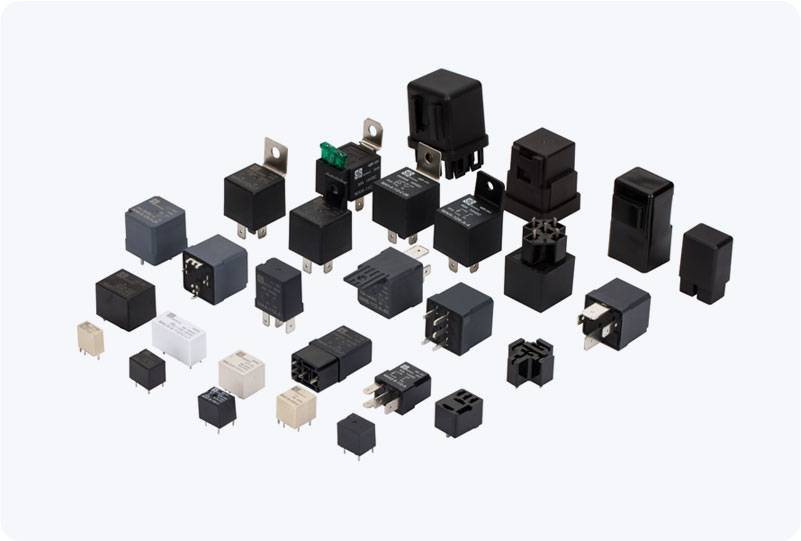understanding the importance of starter motor relay in automotive systems
Release time:2025-06-17 04:26:13
The starter motor relay is a vital component in the electrical system of a vehicle, ensuring that the engine is successfully started when needed. Often overlooked, the starter motor relay plays a crucial role in connecting the starter motor to the vehicle’s battery, allowing electrical power to flow through and initiate the engine’s operation. This article aims to provide a detailed understanding of what a starter motor relay is, its function, and the common issues associated with it.

What is a Starter Motor Relay?
A starter motor relay is an electromagnetic switch that controls the flow of electrical power to the starter motor in a vehicle. When the driver turns the ignition key or presses the start button, the starter motor relay is activated, allowing a large amount of electrical current to flow from the battery to the starter motor. This current is what powers the starter motor to crank the engine, enabling it to start.
Typically, a starter motor relay is housed in a small, durable box located near the battery or the starter motor itself. It consists of an electromagnet and mechanical contacts. When the relay is triggered by the ignition system, the electromagnet pulls the contacts together, allowing the electrical current to flow and activate the starter motor.

